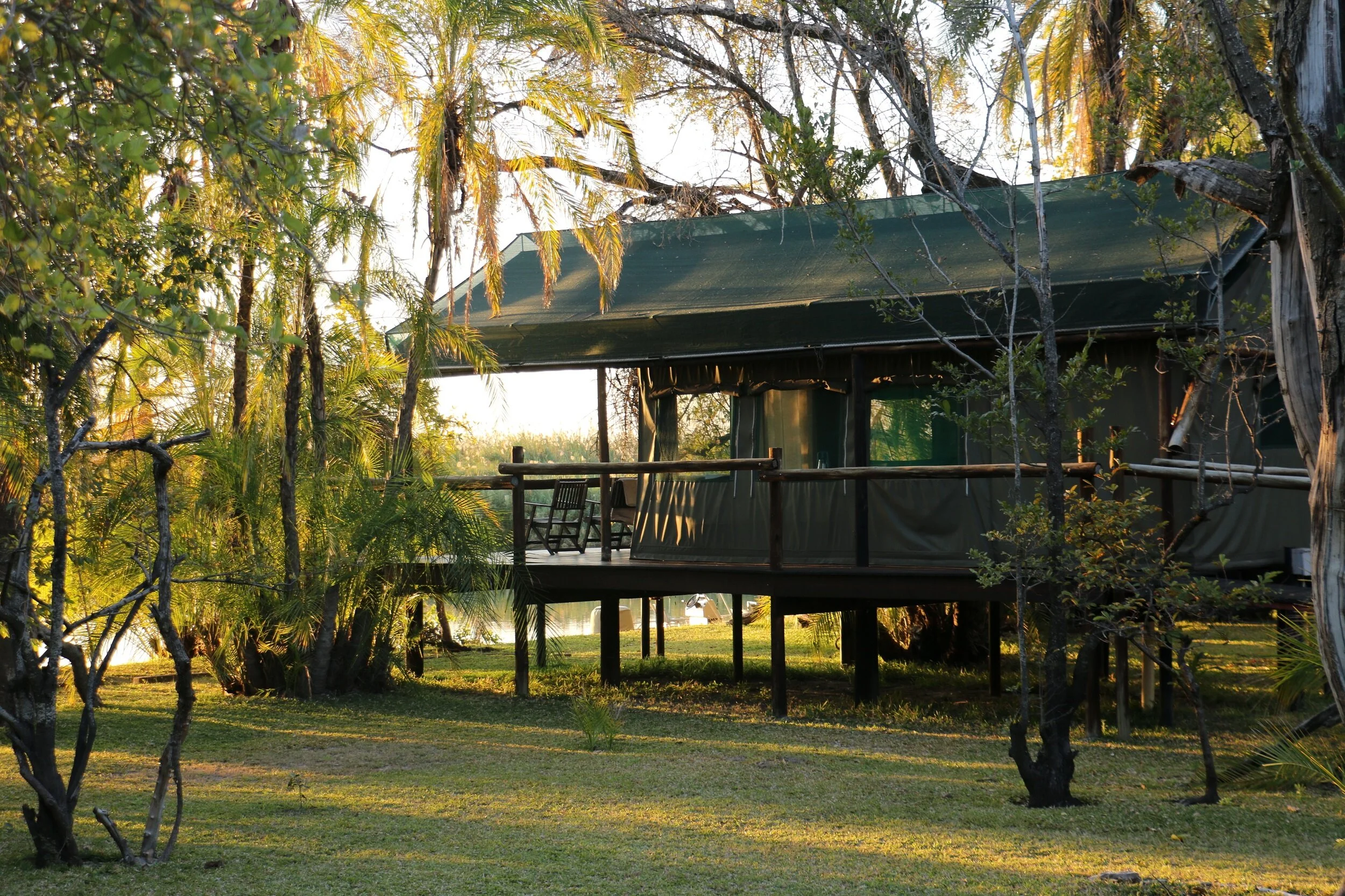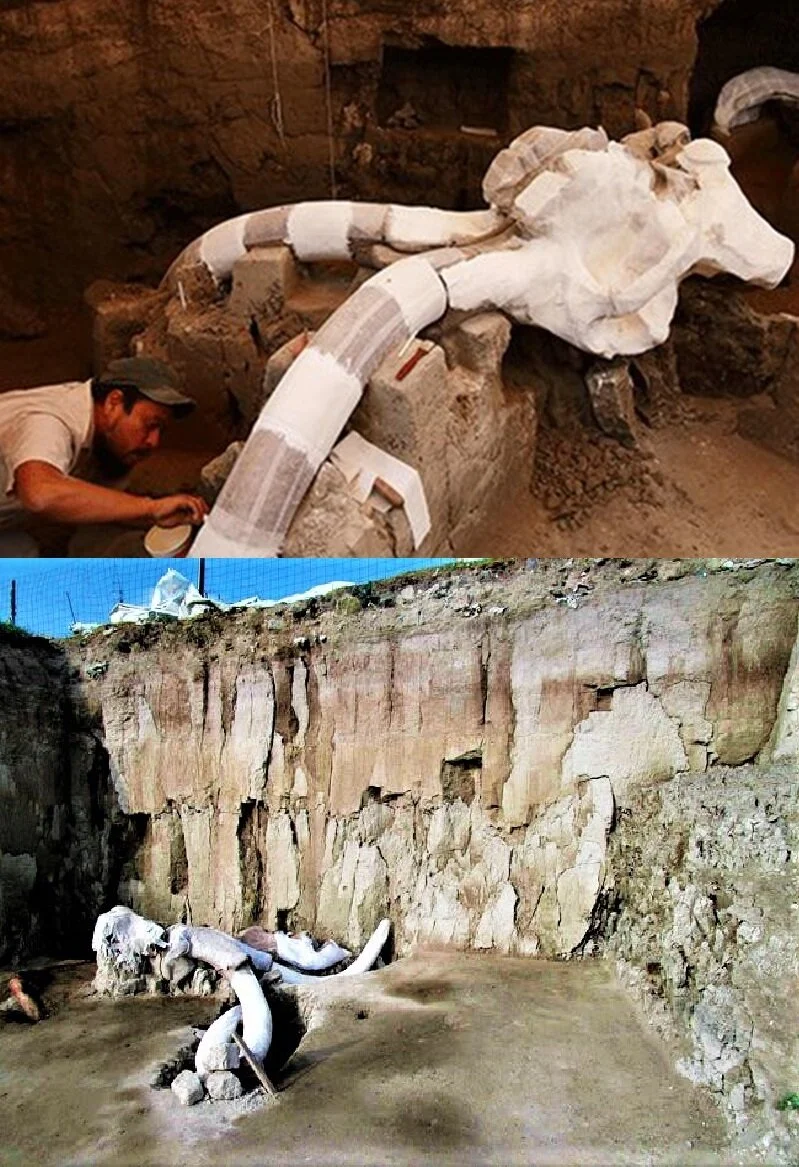Two Traps Where Woolly Mammoths Were Driven to Their Deaths Found in Mexico
In the neighborhood of Tultepec, just north of Mexico City, plans were recently underway to convert a patch of land into a garbage dump. But during preparatory excavations, workers at the site found themselves digging up woolly mammoth bones—hundreds of them. Over the course of ten months of archaeological and anthropological work, experts were able to piece together a grim picture of what appears to have been a prehistoric hunting site. The team had, according to the Associated Press, stumbled upon two large man-made traps—pits where hunters drove woolly mammoths to their deaths.
Researchers with Mexico's National Institute of Anthropology and History (INAH) announced the discovery this week, saying that it lends “unprecedented context” to experts’ understanding of how ancient humans hunted woolly mammoths. The pits date to 15,000 years ago, each measuring 5.5 feet deep and 82 feet long, reports CNN's Jack Guy. Inside the pits were 824 mammoth bones, among them eight skulls, five jaws, a hundred vertebrae and 179 ribs. Experts say the remains correspond to at least 14 individual mammoths. Bones belonging to a camel and a horse were also found.
According to INAH researchers, the pits may have been vital tools for ensnaring a formidable prey; woolly mammoths, which went extinct some 4,000 years ago, could stand more than 11 feet tall and weigh up to eight tons. Experts think that groups of hunters, perhaps numbering between 20 and 30 people, would separate one individual from the herd and drive it towards the pits, possibly frightening it with torches and branches. Once inside the trap, the animal would be killed.








































